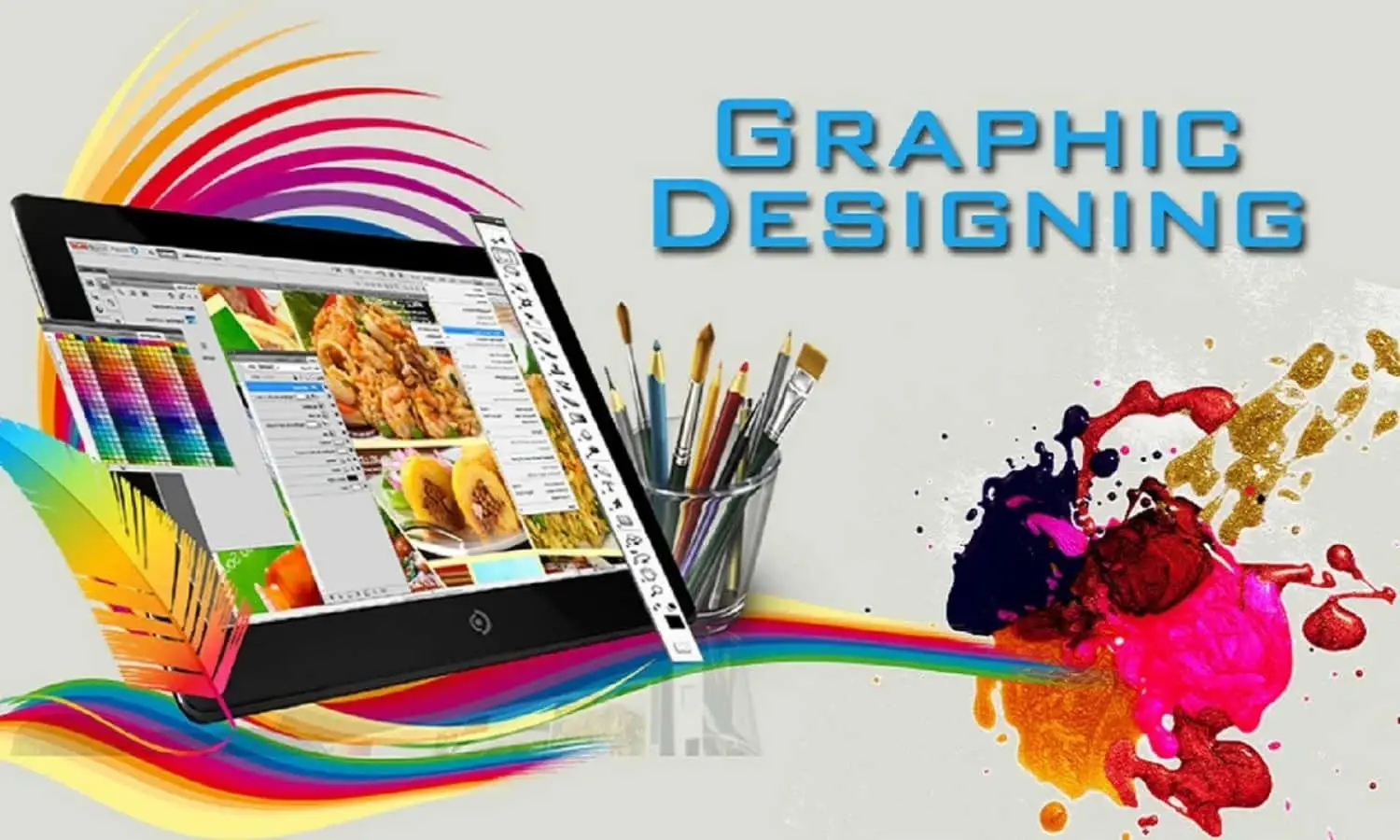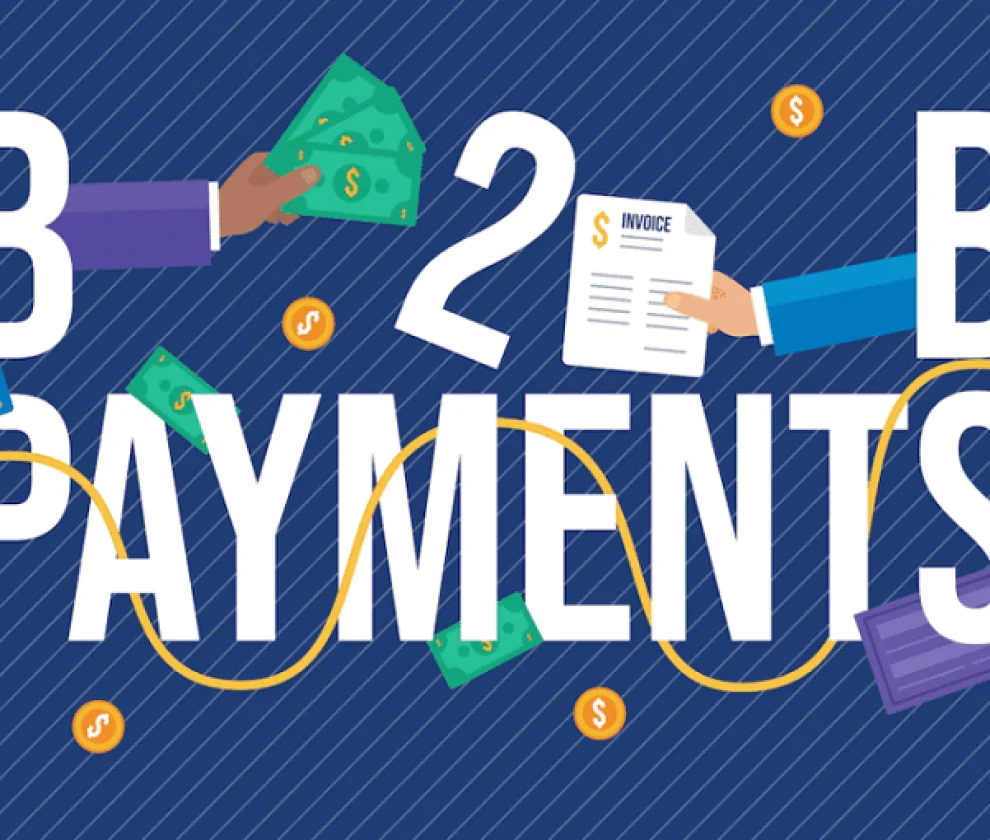
How Graphic Designing Shapes the Way We See the World
Every day, without even noticing, we are surrounded by visuals that influence how we think, feel, and respond. From the colors on a billboard that make us crave a soda, to the sleek layout of a mobile app that feels easy to use, graphic designing is constantly shaping the way we interact with the world. It is more than just creating pretty images, it is about communication, connection, and persuasion. Think about the moment you scroll through social media. Your eyes pause on a well designed post with appealing fonts and striking visuals. That instant connection is the work of a graphic designer. When you buy a product, it is often the packaging design that catches your attention first, even before you read the details. These everyday moments show how design silently guides our decisions.
Graphic design is not reserved only for creative professionals. With tools like Canva and other user friendly graphic design software, even someone without professional training can create visuals that leave a lasting impact. At the same time, those who choose to pursue a graphic design course discover just how deep and fascinating this field really is. It combines creativity with strategy, art with psychology, and design with storytelling. This article will dive into how graphic design influences our perception of the world. We will explore types of graphic, real life graphic design examples, the value of design in careers, and why it has become such a powerful force in society today.
The Power of Graphic Designing in Everyday Life
The beauty of graphic design lies in its invisibility. Often we do not notice how much it affects us because it works quietly in the background. A well crafted poster can make us attend an event, while a poor design might make us ignore it. A strong logo becomes a symbol we trust, while an unclear one leaves us confused. Design is everywhere, and its subtle influence builds the way we see and feel.
Exploring Types of Graphic Design
Graphic design covers many forms, each with its own role and purpose. Branding design focuses on creating logos and identities that represent businesses. Web design ensures that online experiences are smooth and appealing. Motion graphics add movement to storytelling, while packaging design makes products look desirable. When someone takes a graphic designing course, they are introduced to these types of graphic and learn how each one communicates differently. This variety proves that design is not one size fits all, it adapts to the message and the audience.
Graphic Design Examples That Shape Perception
Look around and you will find countless graphic design examples that define culture and communication. A campaign poster during elections can inspire hope or spark debate. An infographic can make complex data simple to understand. Even road signs are designed to be instantly recognizable so that drivers stay safe. Every example reminds us that design is more than decoration, it is a tool for clarity and influence.
The Role of Technology and Graphic Designing Software
Professionals rely on advanced tools to create precise, high quality work. At the same time, platforms like Canva have opened the door for non designers to produce engaging visuals. This blend of professional grade software and accessible tools has democratized design, making it a universal language that anyone can participate in.
Career Growth and Graphic Designer Salary
With the growing demand for visuals in marketing, entertainment, and digital platforms, the career path of a graphic designer has become increasingly valuable. A graphic designer salary varies by region and skill level, but overall the opportunities are promising. Those who master multiple types of design, stay updated with the latest trends, and build strong portfolios often find rewarding and flexible careers. For many, taking a graphic designing course becomes the first step toward entering this dynamic industry.
Why Graphic Designing Truly Shapes the World
The most powerful aspect of graphic design is its ability to influence emotions and actions. A design can inspire trust, excitement, curiosity, or even urgency. It is why brands invest heavily in visual identity, why social campaigns rely on compelling posters, and why digital content cannot survive without good design. By shaping what we see, design also shapes how we interpret the world.
In the end, graphic designing is far more than an artistic skill. It is a universal form of communication that touches every corner of our lives. From the types of graphics that tell stories, to the graphic design examples that spark movements, and from the tools like Canva that empower beginners, to the careers that offer competitive graphic designer salary options, design continues to shape our choices and our culture. Whether through a professional graphic design course or through simple practice with accessible software, the art of design is open to everyone. And as long as humans rely on visuals to make sense of the world, graphic design will remain one of the most powerful forces guiding how we see and feel every day.




